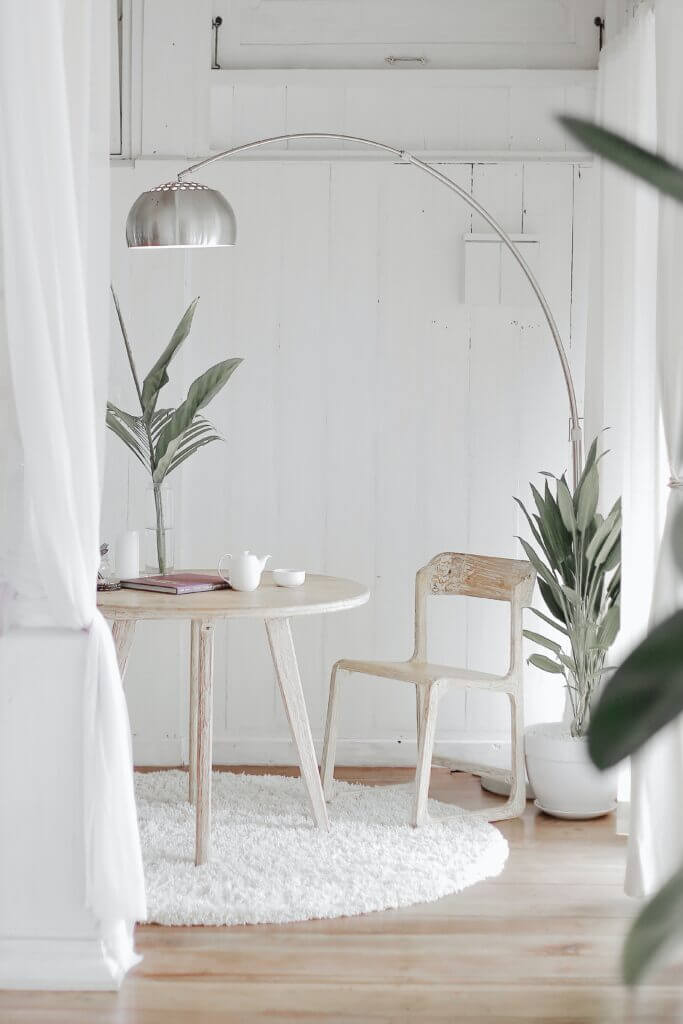Staging is becoming increasingly important in the real estate market as more sellers realize its benefits. While it’s true that some homes are sold “as is” without any staging, those homes often take longer to sell and sell for less money than homes that have been staged. Staging can help your home stand out from the competition, create a more attractive and memorable impression on potential buyers, and increase the perceived value of your property. A well-staged home can also increase the perceived value of your property, leading to higher offers and more money in your pocket.
Staging can also help buyers envision living in the space and create an emotional connection to the home. This can be especially important in a competitive real estate market, where buyers may be considering multiple homes and looking for reasons to choose one over another.
In addition, staging can help highlight your home’s best features and downplay any flaws or shortcomings. For example, staging a small bedroom with the right furniture and decor can make it feel more spacious and inviting.
Overall, while it’s technically possible to sell a home without staging, the benefits of the stage are hard to ignore. Creating an attractive and inviting space that appeals to a wide range of potential buyers can increase your chances of selling your home quickly and for a higher price.
Here are some tips for staging your home for maximum impact:
- Start with a deep clean: Before staging, ensure your home is clean and decluttered. This means removing any excess clutter, organizing your belongings, and scrubbing every surface until it shines. A deep clean can significantly affect how your home looks and feels.
- Depersonalize your space: You want potential buyers to be able to imagine themselves living in your home, so it’s essential to remove personal items like family photos and memorabilia. This will help create a neutral canvas on which buyers can project their ideas.
- Focus on curb appeal: The first impression of your home is critical, so make sure the exterior of your home is clean, well-maintained, and inviting. Consider adding fresh flowers or plants to the front porch, painting the front door, and power washing the driveway and sidewalks.
- Set the scene: Once you’ve cleaned and decluttered your home, it’s time to set the stage. This means arranging furniture in a way that maximizes the flow of the space, adding decor like throw pillows and artwork to create a cohesive design, and ensuring each room has a clear purpose.
- Remember lighting: Good lighting can make a huge difference in how your home looks and feels. Make sure you have plenty of natural light by opening curtains and blinds, and add some ambient lighting like lamps and candles to create a warm and inviting atmosphere.
- Highlight key features: If your home has unique features like a fireplace, a built-in bookshelf, or a bay window, highlight them. This can be as simple as adding accent pillows to a window seat or staging the bookshelf with eye-catching decor.
- Consider hiring a professional stager: If you need more confidence in your staging abilities or more time, consider hiring a professional stager. A professional stager can help you create a cohesive and inviting space that will appeal to many buyers.
Staging your home is an essential part of the home-selling process. By following these tips, you can create an inviting, memorable, and appealing space to potential buyers. And remember, a well-staged home can lead to higher offers and a quicker sale, so it’s worth investing the time and effort to get it right.

